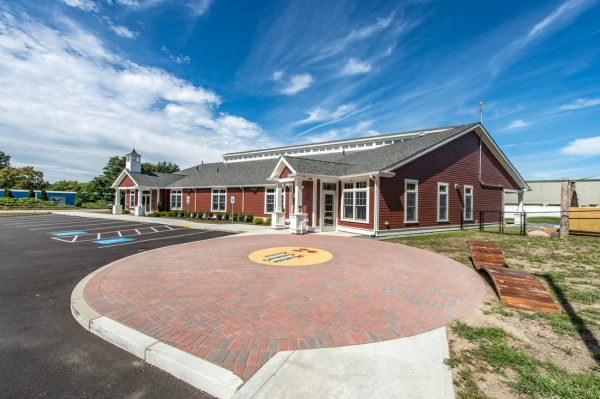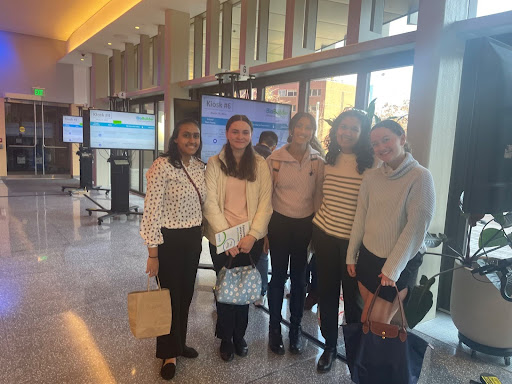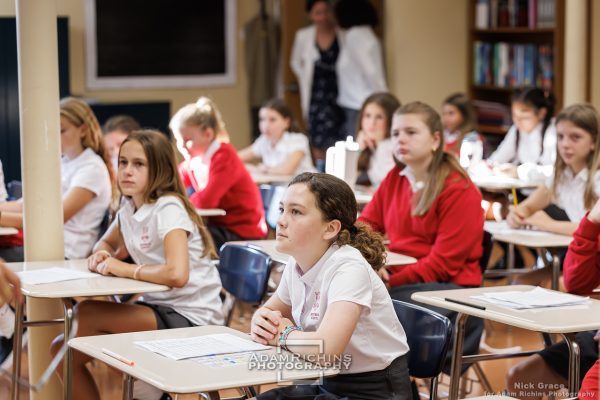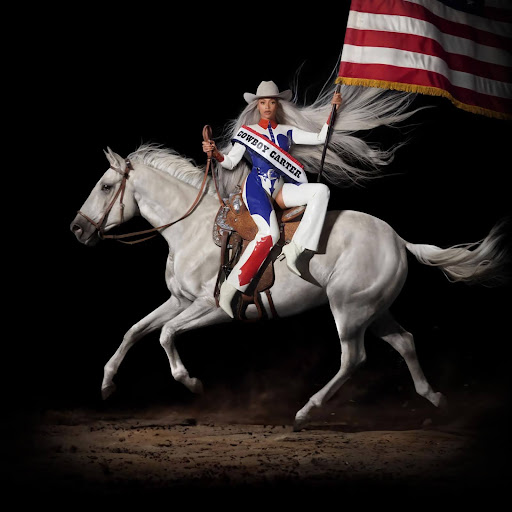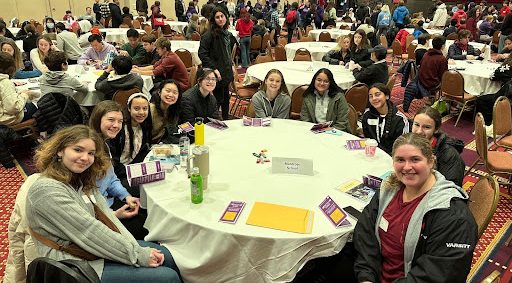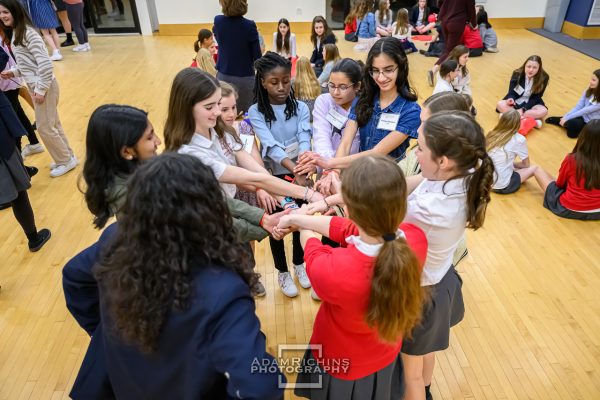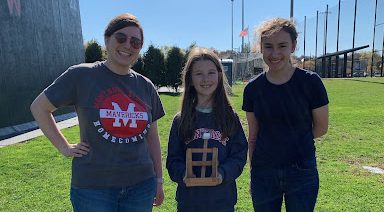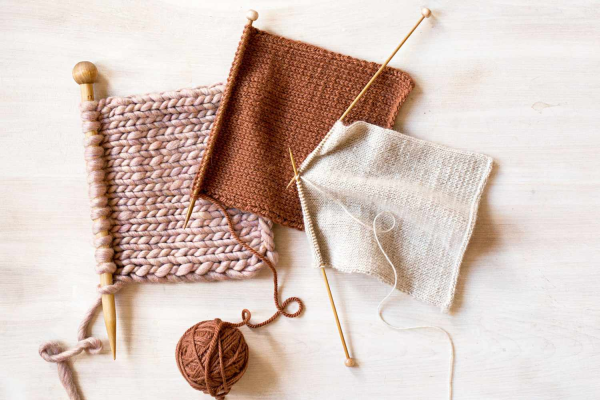The Secret History of Coffee

Coffee’s strength and tanginess pair well with its propensity to bring people together in meaningful conversations shared “over coffee.” When we partake in this social ritual, we become part of a story that traces its roots from Asia to America. I had the chance to learn about more at a “College Tea” at Yale University on November 15th. During College Teas, distinguished visitors come and speak to students about their fields of work and research in a relaxed setting. At this Tea, Yale’s Branford College welcomed journalist Abdul-Rehman Malik to share the “Secret History of Islam and Coffee.”
Mr. Malik’s gift for storytelling struck me immediately as his eyes lit up and he told the tale of coffee’s path through the world. He first shared a story from his own life; he grew up with tea as the dominant beverage of the house. “Coffee, on the other hand, was something special and social,” he said. “It was savored, enjoyed, and shared, and it was specifically developed to be drunk with others.”
“In Yemen, coffee found its soul among Muslims,” he continued. Around 1511, coffee reached the city of Mecca. The city officials, however, believed coffee was as bad as alcohol, and issued a ban. The city of Cairo, on the other hand, welcomed coffee. “Cairo became the city of coffee as a social force, especially around the universities,” Mr. Malik added.
It was at Constantinople, however, that coffee evolved into an art form—and it was there that the coffeehouse was born. Mr. Malik explained: “Before, there were really no social places where regular people could gather. The coffeehouses were hubs of scholarship, storytelling, art, community, and discussion.” Coffeehouses offered an alternative to pubs and taverns. They were a place where social class lines blurred, and everyone was welcome to join the conversation over a freshly brewed cup of coffee.
From Constantinople, coffee began its journey to Europe. Mr. Malik explained how the Portuguese brought coffee from Yemen, and the Dutch East India Company brought it from India. “In Venice and Vienna, there was a coffee revolution as coffeehouses spread,” Mr. Malik added. Coffee reached its peak in Europe when it arrived at the city of London.
“London matched Constantinople” as a city captured by coffee, Mr. Malik continued. “For a long time, there was a rule that no conversation was private. At one point, there was a coffeehouse for every 140 people in London!”
Coffeehouses were truly a leveling space for all people. “They were not institutions of one specific class,” Mr. Malik said. They became known as “penny universities,” because one could go there, pay a little for a cup of coffee, and speak to people from all different fields of study to learn. There were also specialized coffeehouses for specific interests.
Mr. Malik concluded his fascinating tale with his thoughts on the role of coffee and the coffeehouse in American society today. “I think there is still an enduring power in coffeehouses as places that aren’t pubs, taverns, or bars. But I think there needs to be a revival of coffeehouses, or something with that spirit, and a return to the craft of coffee.”
So, next time you thank coffee for getting you through those early morning classes, or meet with your advisor at Starbucks or Dunkin, remember the long journey that coffee has taken to get to you. As Mr. Malik’s story attests, that cup of joe you sip brings you into a history much richer than the cream and sugar you’ve added.



